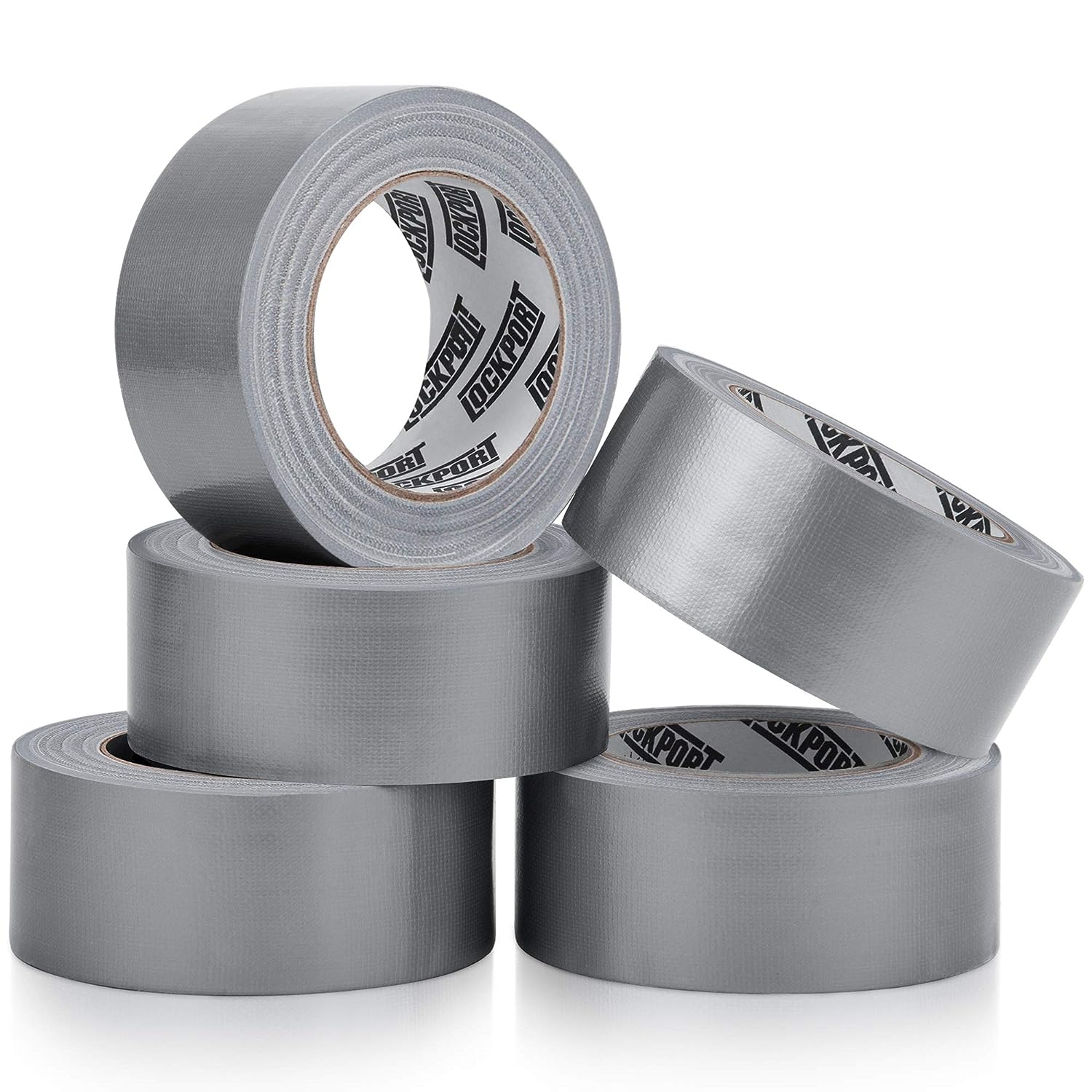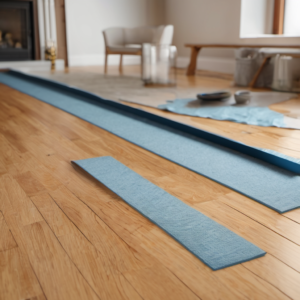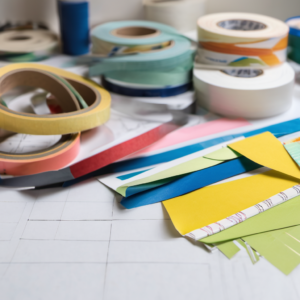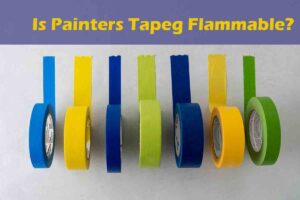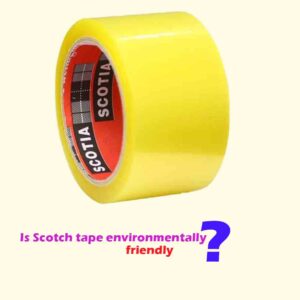Duct tape, the unsung hero in every household toolbox, has a fascinating history that stretches back to its origins in the 1920s. Originally known as “duck tape,” this waterproof wonder was created by 3M for military use during World War II. Soldiers quickly discovered its versatility, using it to seal ammunition cases, repair vehicles, and even provide emergency fixes for damaged aircraft.
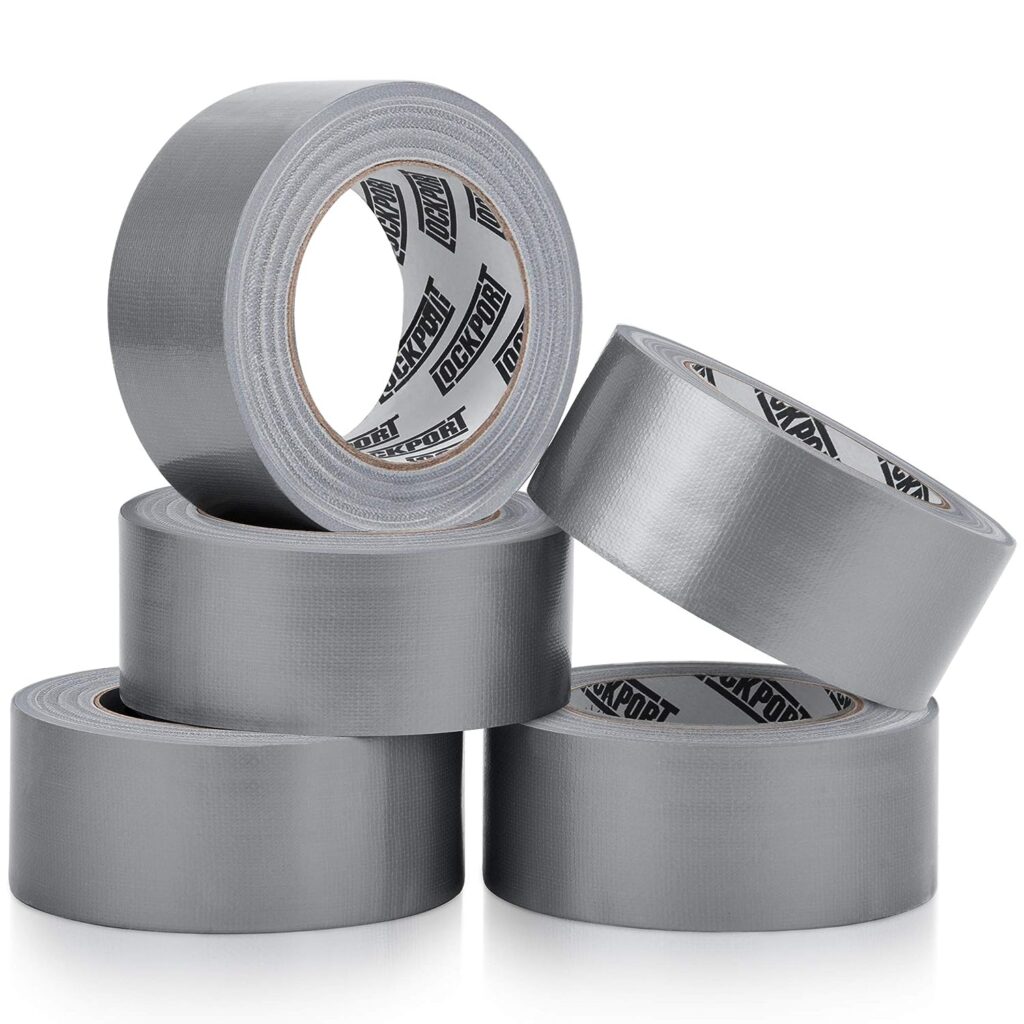
Origins of Duct Tape (1920s): During the 1920s, a Minnesota-based company called 3M, originally known as the Minnesota Mining and Manufacturing Company, sought to create a product that could effectively seal ammunition cases for the U.S. military during World War II. Responding to this demand, a team led by Richard Drew developed a waterproof tape called “duck tape” due to its waterproof properties similar to those of a duck’s feathers.
Military Applications (World War II): Duct tape found numerous applications in the military during World War II, proving highly effective in sealing ammunition cases, repairing vehicles, and providing temporary fixes for damaged aircraft.
Post-War Evolution (1940s-1950s): After the war, duct tape’s popularity continued to grow, finding its way into civilian homes due to its impressive waterproof and adhesive properties. The 1950s marked a pivotal moment as it transitioned from “duck tape” to “duct tape,” owing to its crucial role in sealing heating and ventilation ducts.
Rise to Household Staple (1960s): By the 1960s, duct tape had become a common household item with applications extending far beyond repairs. Its affordability and adaptability led to its reputation as a practical and reliable tool in everyday life.
Cultural Significance (20th Century): Duct tape’s cultural significance grew, symbolizing resourcefulness and creativity. From MacGyvering to art exhibitions showcasing duct tape sculptures, it had truly become a cultural icon.
Table of Contents
ToggleAdvantages of Duct Tape
- Unrivaled Adhesion: Bonds strongly to various surfaces, ensuring a lasting hold.
- Waterproof Wonder: Resistant to water, making it ideal for both indoor and outdoor applications.
- Quick Fixes & Repairs: Instantly solves common household problems, from leaky pipes to torn items.
- Versatility at its Core: Adaptable for a wide range of uses, including DIY projects and crafting.
- Durable and Long-Lasting: Withstands wear and tear, providing a reliable solution over time.
Frequently Asked Questions About Duct Tape
Why is it called duct tape?
The term “duct tape” originated from its post-WWII use in sealing heating and ventilation ducts. Despite its military history and the original name “duck tape,” the shift to “duct tape” occurred when it became associated with ductwork.
Duck tape or duct tape?
Both terms are used interchangeably. While “duck tape” reflects its original name and waterproof properties, “duct tape” emerged due to its application in heating and ventilation ducts, which became more prominent post-WWII.
Can duct tape be painted?
Yes, duct tape can be painted, but it’s essential to choose the right type of paint and prepare the surface adequately for optimal adhesion.
Is duct tape heat-resistant?
Duct tape has limited heat resistance. While it can withstand moderate temperatures, prolonged exposure to high heat may affect its adhesive properties.
Can duct tape fix everything?
Answer: While duct tape is incredibly versatile, it may not be the ideal solution for every situation. Its effectiveness depends on factors such as the type of surface and the nature of the repair.
In conclusion, duct tape’s evolution from a military necessity to a household staple is a testament to its unmatched versatility. From sealing ammunition cases in WWII to becoming a symbol of creativity, duct tape has left an indelible mark. Its enduring popularity, portrayed in the “History of Duct Tape Timeline,” showcases its journey from an obscure product to an indispensable tool. As we reach for that familiar roll, we celebrate the tape that has weathered decades, embodying resilience, resourcefulness, and an enduring place in our everyday lives.

